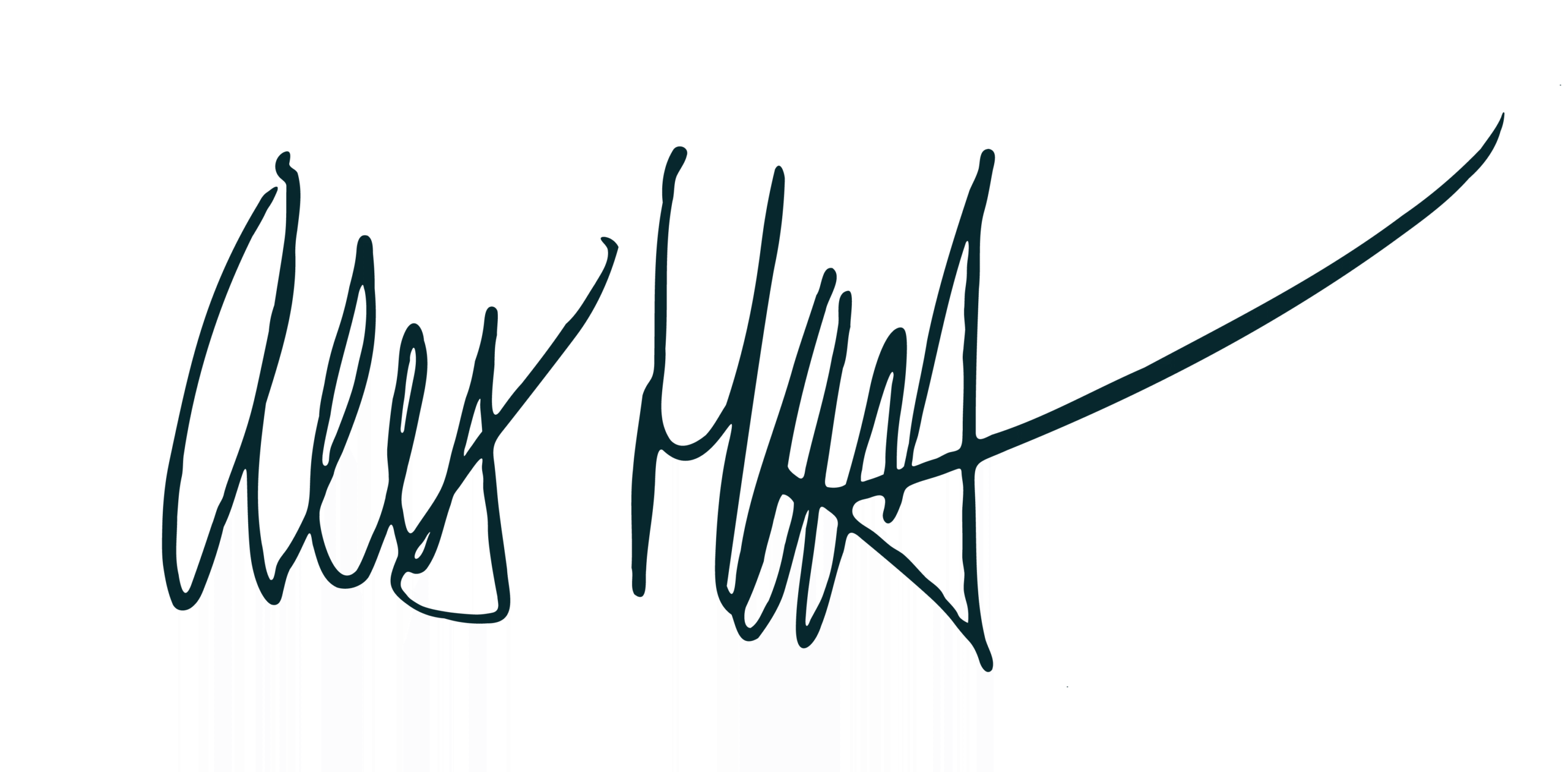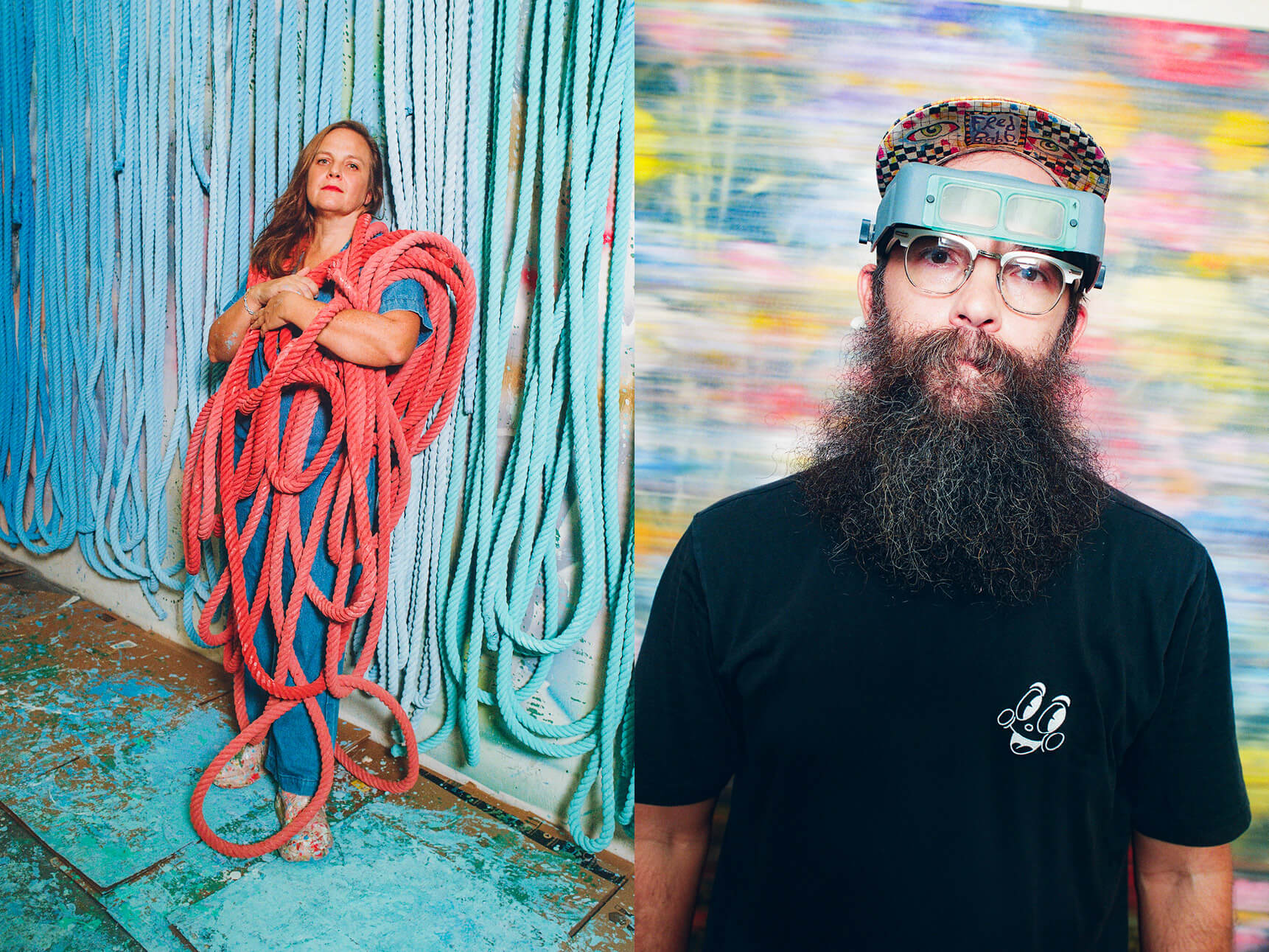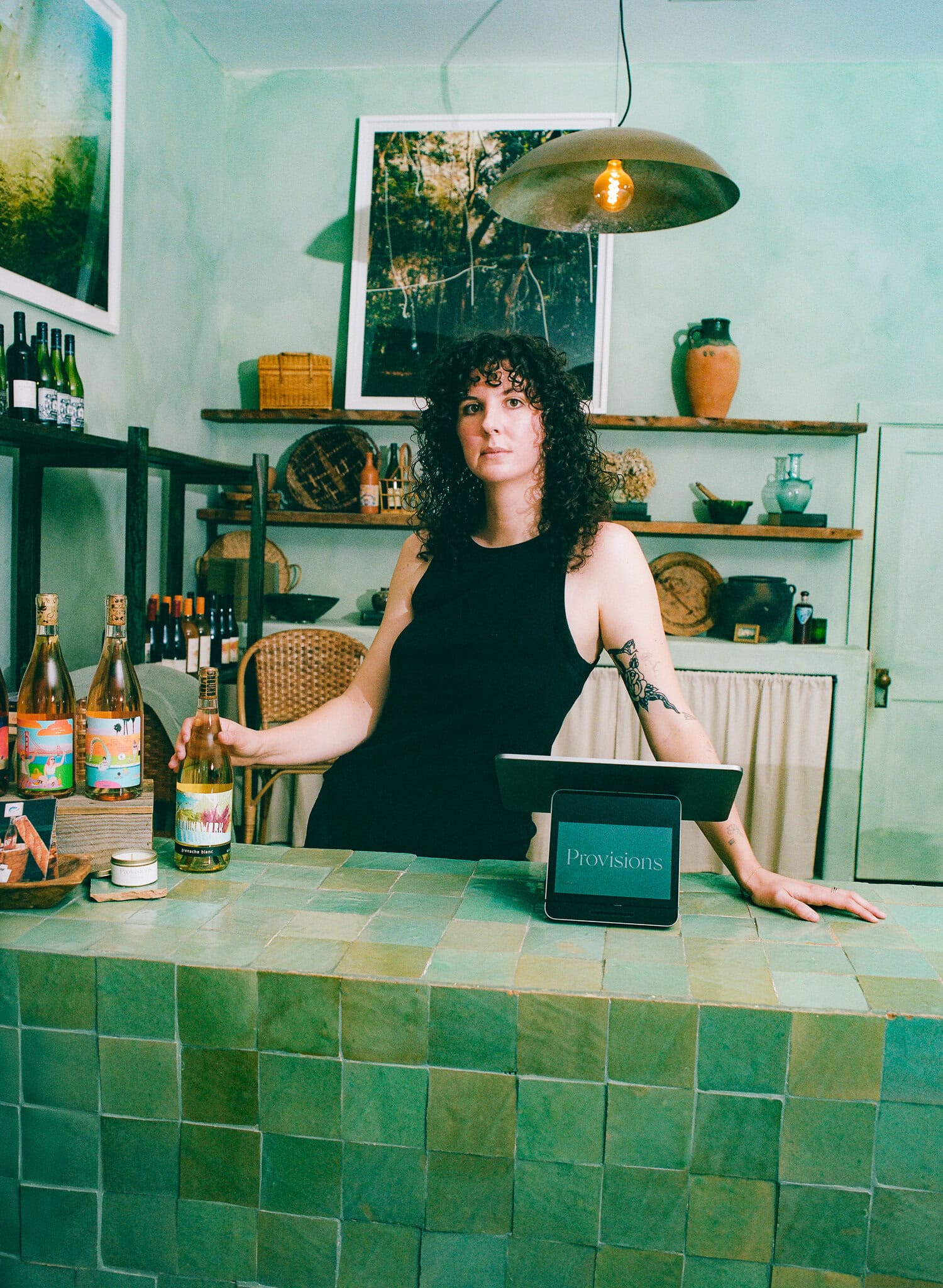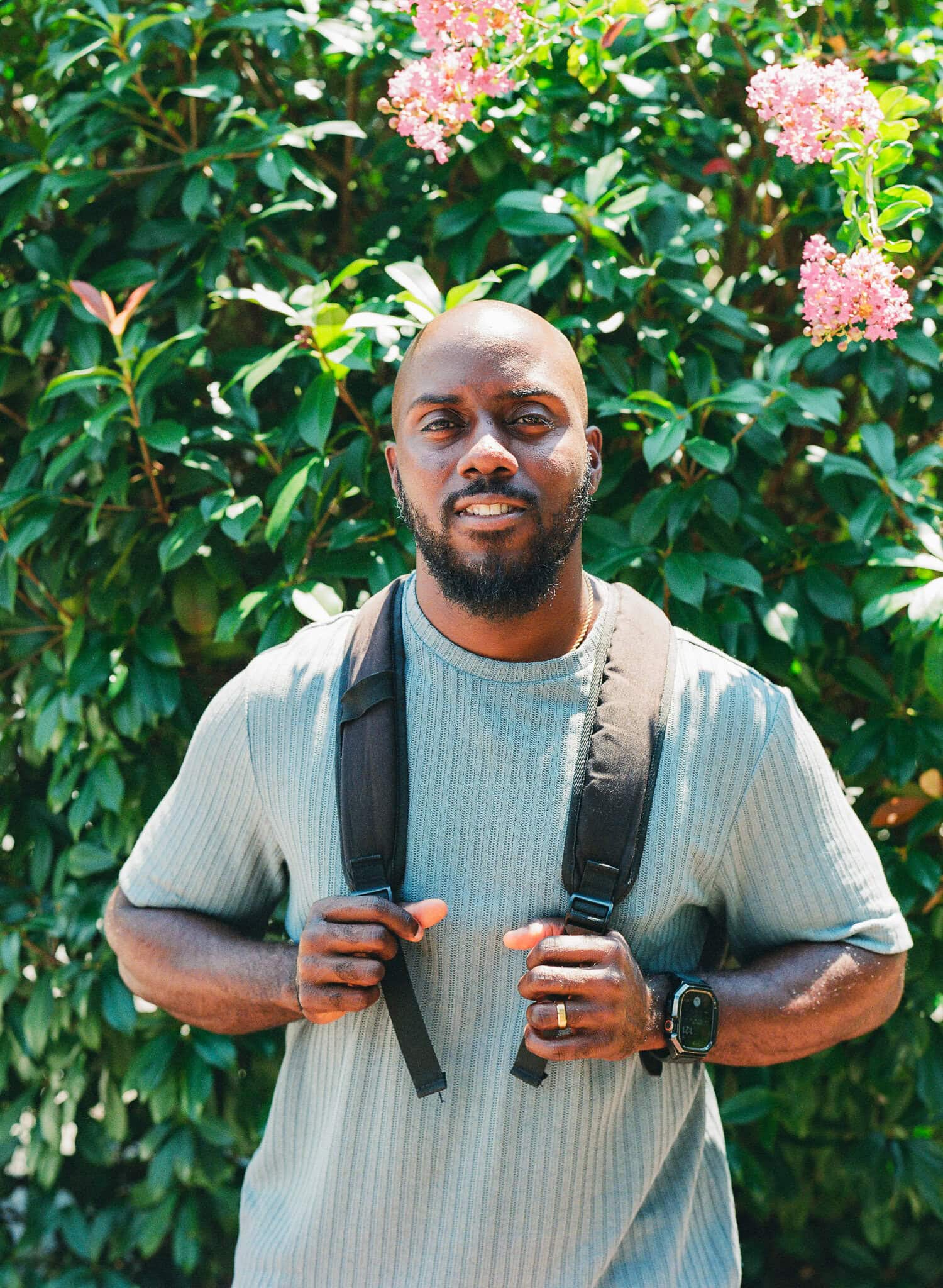
The year is 2025. New York is inundated with online discourse trying to figure out what everyone does to afford living here while simultaneously lollygagging in Elizabeth Street Garden at 2pm. At the center of this digital finger-pointing? The creative director.
In part due to my snarky little meme account, Nolita Dirtbag, the CD role became the profession targeted for a certain kind of mockery—the internet’s punching bag of “men used to go to war” jokes. This job gets boiled down to “vibe curation” or “font picker with opinions,” and that’s absolutely true for many creative schmoozers—but it’s also so much more than that.
As someone who mocks it all while living it to some degree, it pains me to say this in a semi-earnest tone, but: creative direction is “strategic storytelling.” A creative director takes a brand’s ideas, assembles the right people, and guides how a company will be perceived by the public. They may not take the photos on an outrageously expensive Leica, but they pick who does. They aren’t the legal guardian of a brand, but they decide how it dresses and talks.
Google’s AI assistant tells us that Alexey Brodovitch is credited as the first creative director. Born in Russia in 1898, Brodovitch fled to Paris, and then moved to New York where he became Harper’s Bazaar’s art director from 1934 through 1958. His work brought European modernism to American magazines: asymmetry, white space, experimental fonts. He also served in the Russian military, making him arguably the only creative director who actually did go to war. Like the creative directors of our time, he identified talent like Richard Avedon and Irving Penn to help bring his visions to life.
Then we had the Mad Men-era of the ‘60s: a time in American history where you get a little weirded out if someone has too much of an obsession with it. In these Lucky Strike smoke-filled rooms, the CEOs of these advertising agencies were the impromptu creative directors, bossing around copywriters and art directors alike.
George Lois and Bill Bernbach were the real life Don Drapers. They told brands how to talk, when to shout, and when to whisper. They were the pioneers of creating grand stories and imagery that appealed more to emotion than practicality.
Alexey, George, and Bill all kept it simple and timeless. You wouldn’t find them wearing Martine Rose Shox and an ironic bedazzled New York hat, but a simple suit with a crisp white shirt and at most, a nice watch.
By the 90s, fashion houses took the still-ambiguous title and ran with it. Fabien Baron at Interview, Tom Ford at Gucci, Marc Jacobs at Louis Vuitton. They weren’t just directing photoshoots; they were building entire worlds. (World-building is another phrase that makes me cringe.)
Fashion brands realized that if they wanted to sell more than clothes, they needed to shill smarter and have a strong point of view. The CD was now a curator of identity.
In the 2010s, social media turned everyone into a creative director. For better or for worse, the barrier to entry collapsed. Moodboards became a personality type. Brands slapped “creative director” on anyone who made a sleek deck and used terms like “spatial design.”
Suddenly, the title was everywhere and nowhere. It became a blurry catch-all for people doing a little bit of everything and kind of nothing at the same time.
Today, we’re lousy with self-appointed creative directors. There’s one in every friend group and every coffee shop. These are the people who struggle to explain what they do in one to two sentences.
I think a good creative director is invisible. You see their fingerprints, not their face. They’re the ones who ensure everything your favorite brand does “makes sense.” Someone like Ava Nirui of Heaven by Marc Jacobs. These CDs align strategy with aesthetics, manage egos, pick collaborators, and translate ideas into visuals that make people feel something—even if the climax of it all is purchasing a $240 hoodie.
It leaves one wondering: if a creative director does all this, then what exactly is a “brand consultant” hired for? We may never know. Or maybe we will—someone’s probably making a deck about it right now.







